
Many of us have had a long, hot summer, and that has had an effect on our plants and gardens. We’ve gotten many questions lately about gardens and heat, specifically about why plants aren’t producing fruit and seeds despite good soil and good watering practices. Well, we’ve had the same problem here at Gardzen’s Test Gardens, so we did a little research and as it turns out extremes of heat have a negative effect on pollination and fruit production, even with adequate water and nutrition. There’s a whole lot to be said on this subject, so we’ll try and summarize as best we can. Let’s dig in!
Heat Affects Pollen
Like everything else about plants, pollen has an ideal temperature range and if pollen gets too hot or too cold detrimental effects take place for both the pollen and the plant. Pollen has a lifespan, as all things do, and heat can shorten that lifespan dramatically. It varies from species to species and plant to plant, but in general a grain of pollen is viable for around 24 hours under normal/ideal conditions. High heat—90F/32C or higher for most plants—shortens the lifespan of pollen to two hours or less. When pollen ceases to be viable so quickly, it is less likely to find its way to a viable flower and complete the pollination process. Again, it varies with the kind of plant in question, but at 90F/32C pollination gets more difficult for most common garden veggies regardless of other conditions.
Heat Affects Pollinators
Compounding the problem, heat also affects pollinators—the birds, bees, and other critters that move pollen from flower to flower or plant to plan. When the temperatures get hot, bees and other pollinating insects are typically less active. Like humans, hot weather stresses these creatures and they try to rest and conserve their energy when temperatures rise. They also stick closer to home when they do go out to pollinate, and this affects things too. Under normal circumstances bees will range around 3 miles/4.8 kilometers from their hive in search of food and water. If it gets hot, they stay closer to home and may not find their way to your garden. Hummingbirds are likewise less active in the heat—they move so fast and work so hard that overheating is a real problem for these little birds!
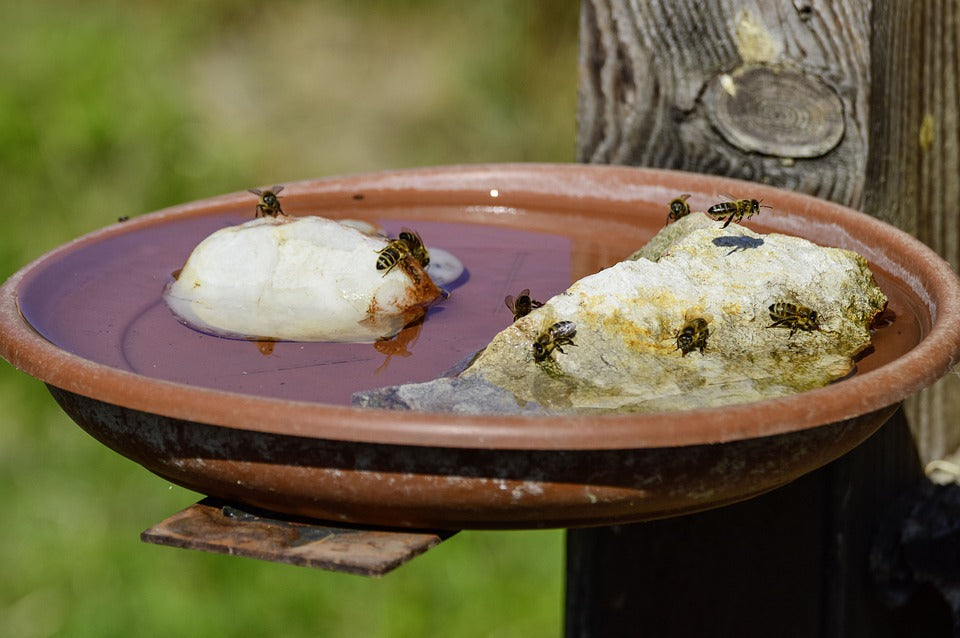
Heat Affects Plants
We all know that temperatures that are too hot can stress our plants, meaning that we’ll need to provide more water, shade, or other protections from the weather. However, heat can affect your plants’ ability to set flowers and produce fruit. Tomatoes are a great example. While tomatoes are generally tolerant of high temperatures, a series of hot days (temperatures above 104F/40C) can prevent fruit from setting, cause blossoms to fall off the plant, and prevent the plant from producing more flowers. Most plants experience something similar, albeit at varying temperatures depending on species.
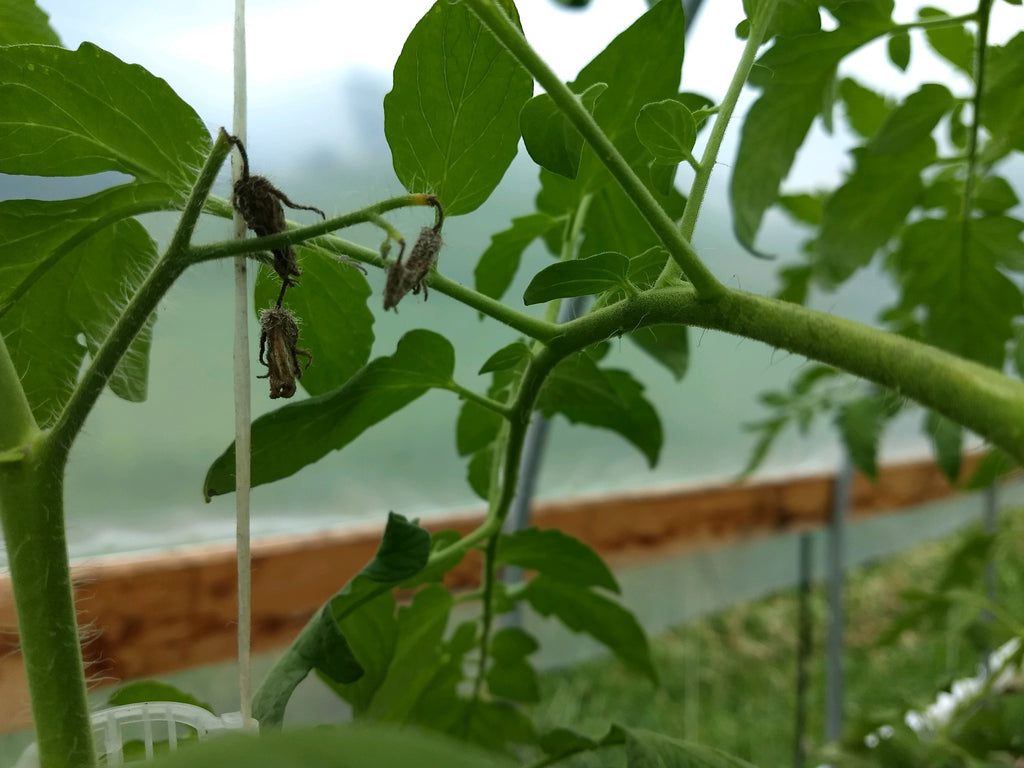
Heat Affects Humans
Humans don’t like temperatures that are too hot, as we’re sure you’re all aware. Like plants and animals, our temperature tolerance varies a bit from person to person and place to place, but many of us prefer to stay inside or in the shade when it’s warm out. This means we’re spending less time with our gardens and our plants and thus we may not be as proactive in doing the things that help them thrive. It’s obvious, but it needs to be said; plants, humans, the weather, soil, animals, and insects all play a role in how things unfold in our garden every reason.
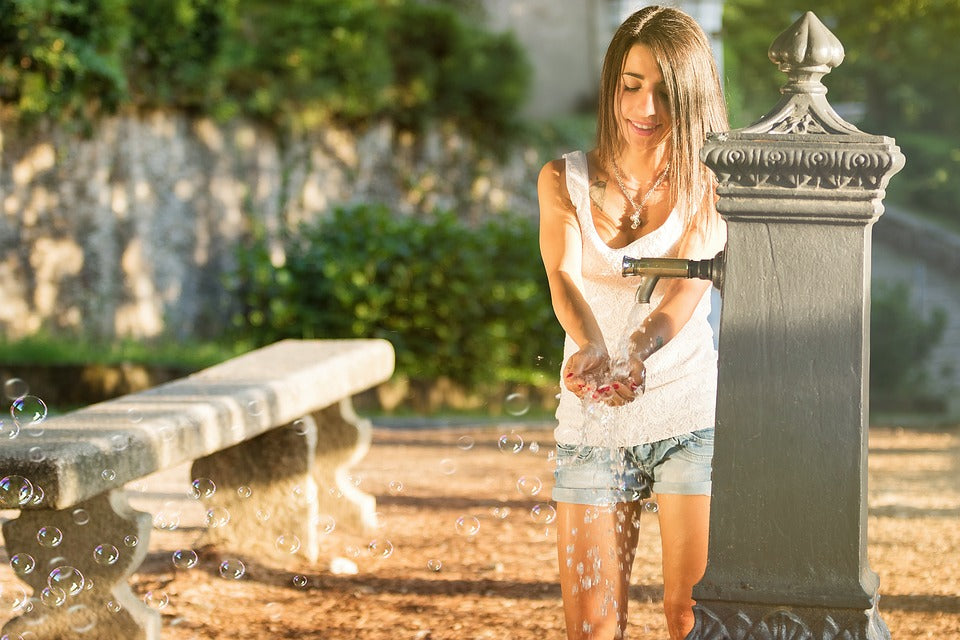
Pollinating Your Garden in Hot Weather
So, what can we do about the heat? If you live in a warmer climate with a longer growing season, the best thing to do may be to wait. Give your plants some shade during the hottest part of the day, provide water and nutrition as needed, and keep your plants healthy until things cool down a bit. If you live in a shorter climate and want to get the most out of your garden, you can try a few things to help pollination occur.
- Follow some basic tips for gardening in hot weatherby providing your plants by providing protection from the sun, watering abundantly, mulching to protect the soil, and feeding your plants deeply to help them deal with the stress.
- Hand pollinationisn’t as convenient as natural pollination, but it can help in hot weather by making the most of the cooler hours to help ensure viable pollen moves from plant to plant. When it’s hot, it’s best to pollinate early in the morning when temperatures are at their lowest. Be gentle with your plants—they’re going through a lot!
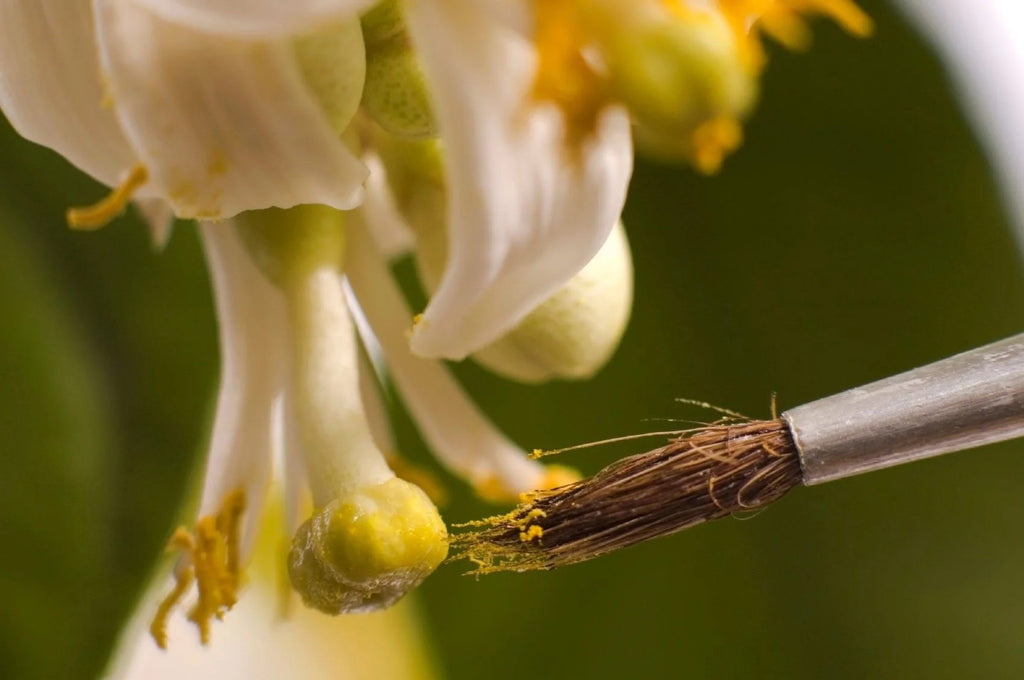
- Make your garden friendly and supportive for beesand hummingbirds by ensuring that they have food and water available to them. If your space supports them, they’re more likely to return even when it’s hot out!
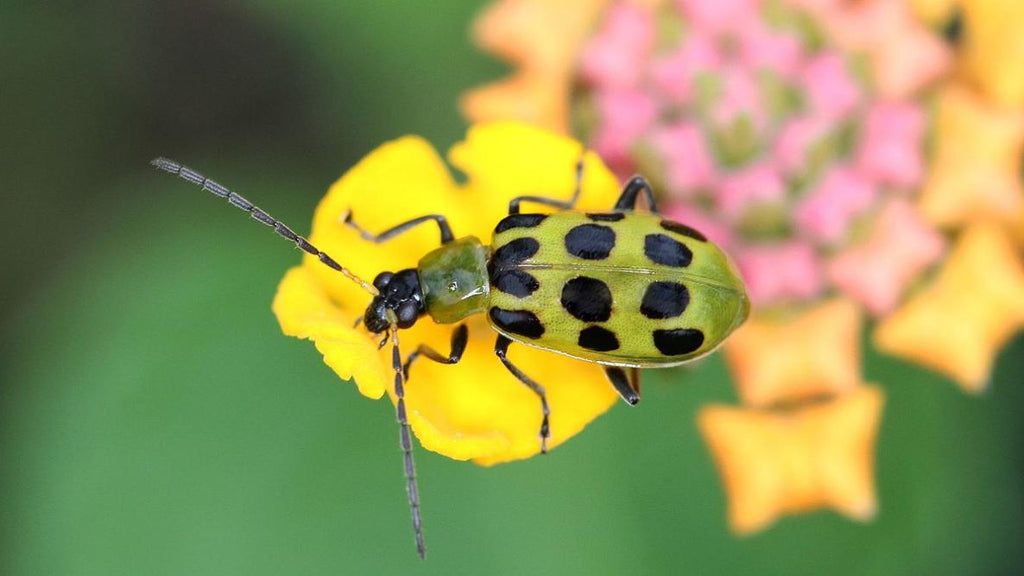
- Take care of yourself! Hot weather can be difficult for humans too, and it’s easy to get dehydrated or heat sick if you’re working too hard in the heat. The American Red Crosshas some great tips for taking care of people and pets in hot weather, so please read and follow them.
- Finally: relax and understand that this is part of gardening. Hot weather, hot summers, and bad seasons will happen to even the best gardeners, and it’s important to remember that you can only do so much. Learn what you can from this season—and each and every season—and move forward.
We hope these tips help keep you and your plants safe and comfortable when the weather’s hot, and that you now have a bit more understanding of how heat affects pollination. If you’ve got other ideas about how to help plants produce in this heat—or if you just want to vent about how things are going in your garden—please get in touch today! Gardzen is all about community and we love to hear from you.

Leave a comment